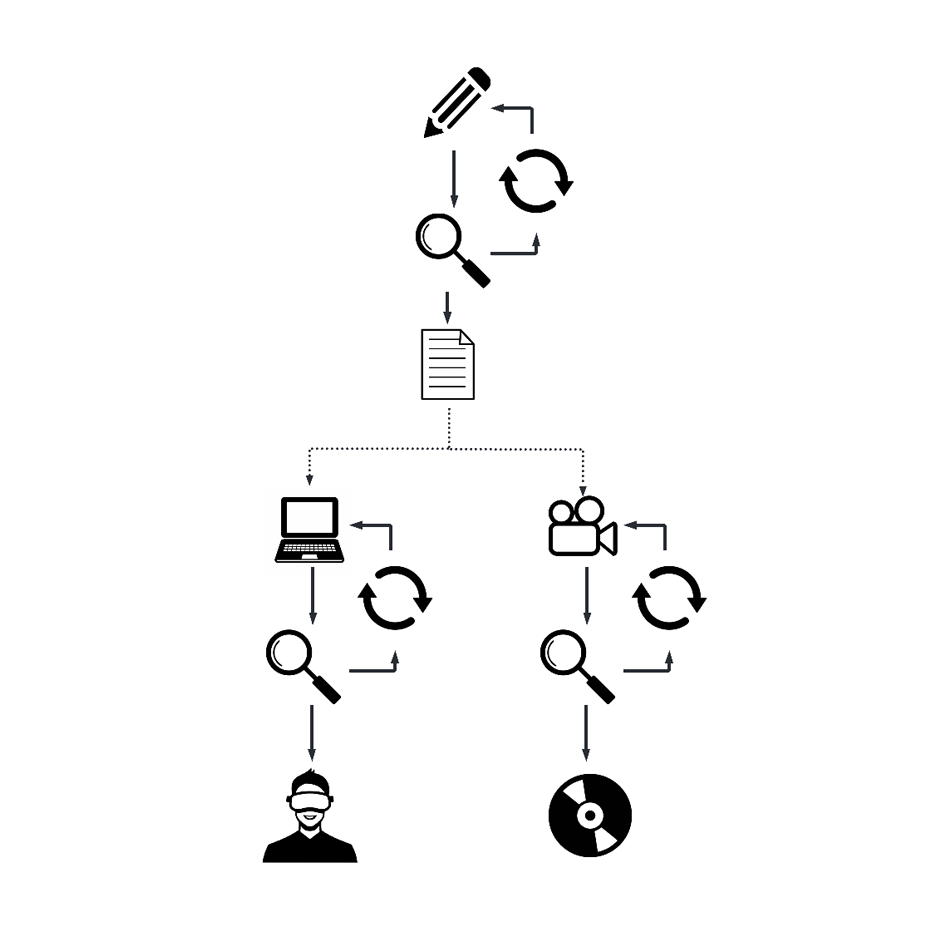
Humana Machina — Human first by design.
Developing people-friendly solutions for a variety of environments

Problem
Military organizations and businesses currently rely on 2D documentation to support their processes, but the creation of YouTube-style instructional videos and augmented reality (AR) content have both introduced new challenges in terms of scalability and maintenance. The various formats and files produced per procedure present challenges in terms of transmission, storage, and management, and it is difficult to ensure that all forms of instruction are consistent and up to date.

Solution
Our company has developed a more efficient way to create, maintain, and manage instructional content in a scalable way called “Parallel Authoring.” This technology is patent pending in the US, and a PCT has been submitted for worldwide coverage. This approach allows for a “write once, distribute to all” approach, enabling us to support the documentation used by companies today while also allowing them to transition and support our workforce in the future.

Value
Our company’s technology, “Parallel Authoring,” not only addresses the current challenges of scalability, maintenance, and management of instructional content that are hindering business growth, but it also unlocks the potential for human-machine teaming in the future.
Demonstration
The video below shows a data structure that generates multiple forms of content simultaneously at runtime. This means that your customers will have access to the most up-to-date documentation when they use the instructions, regardless of the form factor they choose to use to perform the procedure.
The top left panel shows traditional 2D instructions generated at runtime, the top right panel shows an interactive video, and the bottom shows a maintainer wearing augmented reality (looking through a box) to complete a task. All of the views are generated from the same data structure. Change once, change all.
At Humana Machina, our vision is to empower people to thrive in the Fourth Industrial Revolution by creating digital tools and processes that strengthen the connection between humans and machines. We believe that by focusing on the human side of the equation, we can help individuals and communities successfully navigate this transition and achieve their full potential.